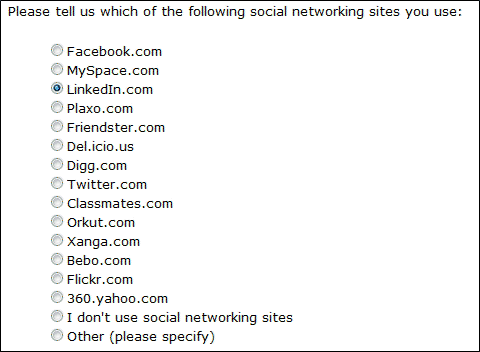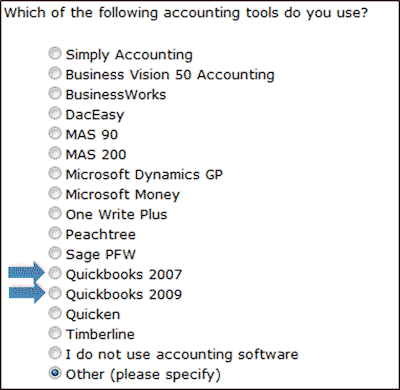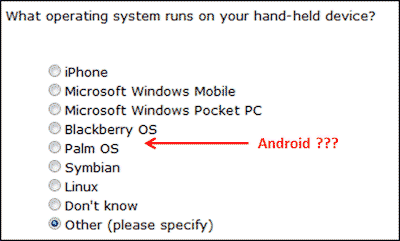Should you offer a discount to kick start sales of a new product? Or to revive sales of a forgotten product or service? Pricing Gurus recommends you hold the line and treat discounts as temporary, lest you simply lower the prices. But that’s the subject of a different blog post.
For today, let’s explore a price discount versus offering more for the same price – a bonus. You can create the same net effect either way in terms of the price for each item purchased, so why is this of interest?
It turns out that it makes a difference which way the offer is created. Ashkay Rao, the General Mills Chair in Marketing, Carlson School of Management, University of Minnesota, headed a team of researchers investigating the topic. They concluded that offering more for the same price (a bonus) was more effective than the equivalent deal offered as a discount. One example, in a series of well-constructed field experiments, was a bottle of hand lotion regularly priced at $13.50. Consumers significantly preferred a bonus offer of 50% more lotion in a larger bottle for the same price over a discount of 35% (the same size bottle for $8.75). The bonus of 50% is the equivalent as a discount of 33%, so the actual discount offer was even better. Yet the research showed that purchasers are more impressed by the idea of more stuff than spending less money.
The paper, published in the Journal of Marketing, uses the term “Base Value Neglect” for the phenomenon. I prefer the Economist’s description – “most people are useless at fractions”.
How can your business take advantage of purchasers’ perceptions? Are you fooling people? Does it work for services? My thoughts:
- When you offer more for the same price, your revenue per sale is higher. Your costs are probably not linear – think of packaging, distribution, etc. – that’s why the Econo size costs less per ounce. Whereas discounting the same package isn’t as good for the vendor.
- You certainly aren’t cheating or fooling people. You are offering a deal either way (and remember, it’s a limited time offer), but you are just choosing to make the offer that more people will take up.
- Services have some of the same non-linear characteristics as products. A SaaS service incurs setup costs. Does adding a few months (the bonus) cost relatively little? I hope so. You’ll be more likely to keep the customer after the bonus period – at the same renewal price. Compare that with convincing the customer to renew at the full price – not impossible, but more difficult.
- What about professional services and other intensely people-based services? It’s still non-linear. The overhead of setting up and managing a project should be a smaller percentage as project size increases. When you offer a bonus this is still true. And again, you’ll stand a better chance of a repeat project at full-price (without the extra service you provided as a bonus), than increasing the price for the same services.
So, when you are next thinking of an offer to increase sales and expand your customer base, perhaps to respond to a price cut by a competitor, consider offering a bonus rather than discounting.
GuruMike (Mike Pritchard)







